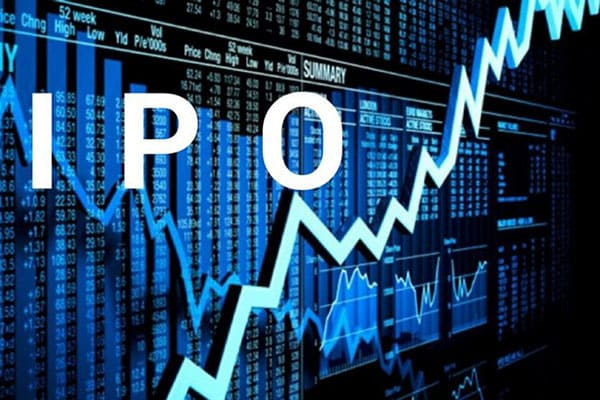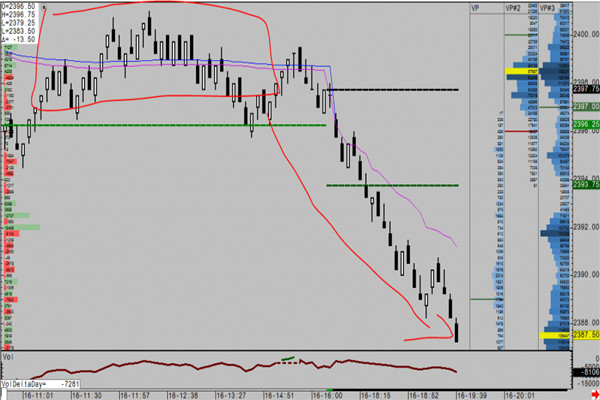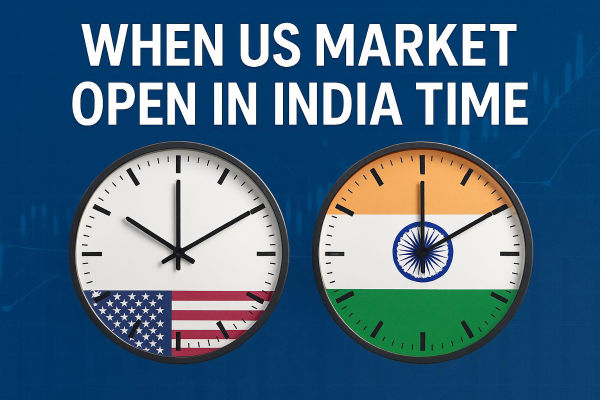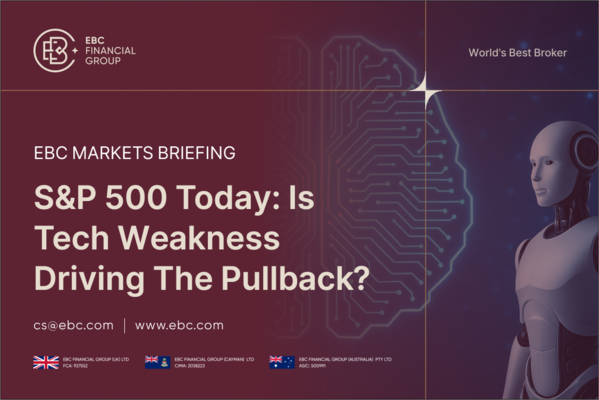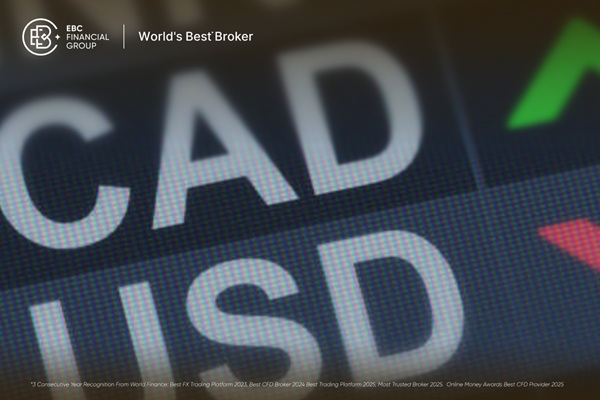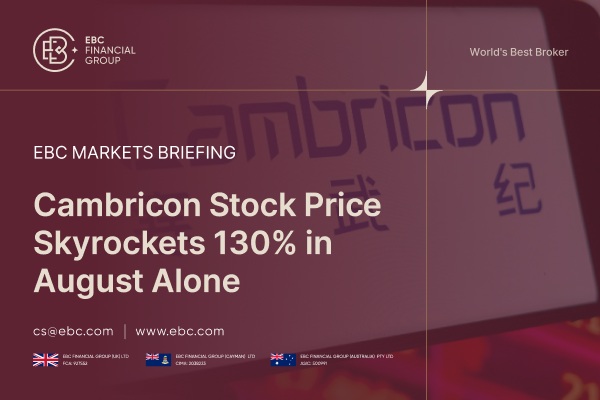What is Pre-market Trading in the stock market?
If you've ever followed the stock market, you might have noticed that sometimes Stock Prices move even before the regular trading day begins. That's what we call pre-market trading. It takes place before the official opening of major stock exchanges, giving investors an opportunity to trade stocks outside the usual hours.
But why does pre-market trading exist? How does it work? And what are the benefits and risks? Let's dive into it.
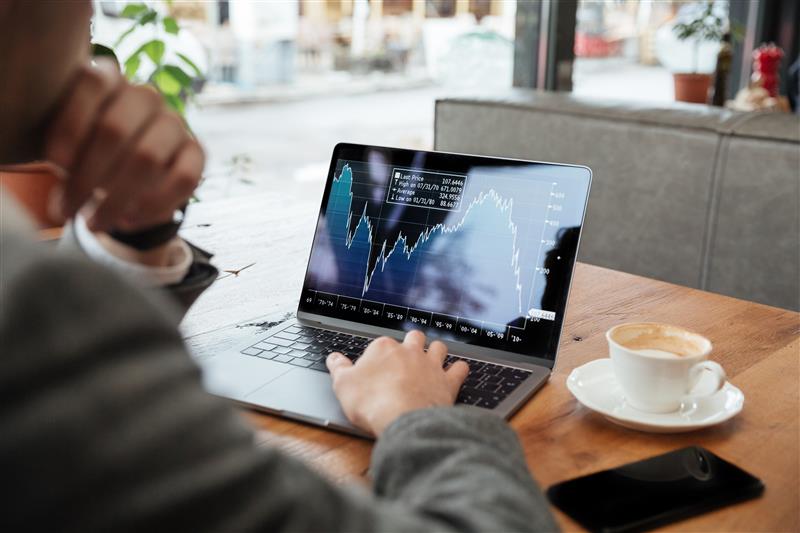
Understanding Pre-market Trading
In the U.S., the regular trading hours for major exchanges like the New York Stock Exchange (NYSE) and the NASDAQ are from 9:30 AM to 4:00 PM Eastern Time. However, pre-market trading allows investors to trade as early as 4:00 AM and continues up until the regular market opens. This period is particularly attractive to traders who want to act on news or events that happen overnight.
For example, if a company releases earnings after the market closes, or if there's significant news from abroad while the U.S. markets are closed, pre-market trading offers investors a way to respond immediately, rather than waiting for the next day's opening bell.
Why Does Pre-market Trading Matter?
Pre-market trading can be important for several reasons. First, it allows traders to react to news that breaks outside of regular trading hours. For example, if a company announces its earnings after the market closes or if there's significant news from overseas, investors can make moves in the pre-market instead of waiting until the next day's opening. This period also helps with price discovery, as it gives the market a chance to adjust to new information before the trading day officially begins. Moreover, pre-market trading provides insights into market sentiment, offering a glimpse into how investors are feeling about certain stocks or the overall market ahead of the day's opening.
Pre-market trading doesn't happen on the traditional stock exchanges but rather through electronic communication networks (ECNs). These are digital systems that match buy and sell orders, allowing trading outside regular hours. While individual investors can participate in pre-market trading, it's often dominated by institutional investors and experienced traders who have the tools and knowledge to navigate these fast-moving waters.
Most online brokerage platforms, like TD Ameritrade, Charles Schwab, and Interactive Brokers, offer access to pre-market trading. However, the rules for trading during this time may differ depending on the broker, such as limited order types or different trading fees.
Pros of Pre-market Trading
Pre-market trading comes with unique advantages and risks. One of the key benefits is early access to opportunities; if you're closely following a stock and important news breaks, pre-market trading allows you to react before the broader market wakes up. Additionally, significant price movements can occur during these hours due to lower trading volumes, potentially enabling traders to make profits before regular trading begins. For day traders, pre-market activity can provide valuable clues on how the market might behave throughout the day, allowing them to plan their strategies based on early price movements.
Cons of Pre-market Trading
However, pre-market trading also carries risks, such as low liquidity, which presents a significant challenge. Fewer buyers and sellers are active during these hours, making it difficult to buy or sell stocks at desired prices and leading to increased volatility. Moreover, the bid-ask spreads tend to widen in pre-market trading, making it harder to execute trades at favorable prices. Higher volatility is another concern, as stock prices can fluctuate wildly due to the lower volume and liquidity, which may be particularly difficult for inexperienced traders to manage. Lastly, limited information can pose risks in pre-market trading, as not all market participants are active and information flow may be slower, leading to price movements that might not accurately reflect the overall market sentiment and resulting in potential mispricing or overreactions.

Who Should Consider Pre-market Trading?
Pre-market trading isn't for everyone. It's best suited for experienced traders and institutional investors who understand the risks and have the tools to navigate the fast-paced, low-liquidity environment. For long-term investors, it might be best to avoid pre-market trading, as short-term price movements can often be misleading.
However, if you're comfortable with the risks and have a solid understanding of market mechanics, pre-market trading can offer unique opportunities to capitalize on market-moving news.
How to Get Started
When engaging in pre-market trading, it's essential to choose a broker that supports this feature, as not all platforms offer access; popular options include TD Ameritrade, Fidelity, and E*TRADE. Additionally, understanding the fees associated with pre-market trading is crucial, as they may be higher or have different commission structures compared to regular trading hours—always check the fine print with your broker. It's advisable to stick to limit orders rather than market orders due to the volatility and low liquidity typical of pre-market sessions; limit orders allow you to specify the price at which you're willing to buy or sell, helping you avoid unfavorable price swings. Finally, monitor the news closely, as pre-market trading is often driven by significant developments; earnings reports, economic data releases, and geopolitical events can all trigger substantial price movements during these hours.
Pre-market trading offers a unique opportunity for investors looking to act on market news before regular trading begins. While it comes with its fair share of risks, for those who are well-prepared, it can be a valuable tool in their trading strategy. Just remember, pre-market trading isn't for everyone—it requires a keen understanding of market dynamics and the discipline to navigate its inherent risks.
Disclaimer: This material is for general information purposes only and is not intended as (and should not be considered to be) financial, investment, or other advice on which reliance should be placed. No opinion given in the material constitutes a recommendation by EBC or the author that any particular investment, security, transaction, or investment strategy is suitable for any specific person.






